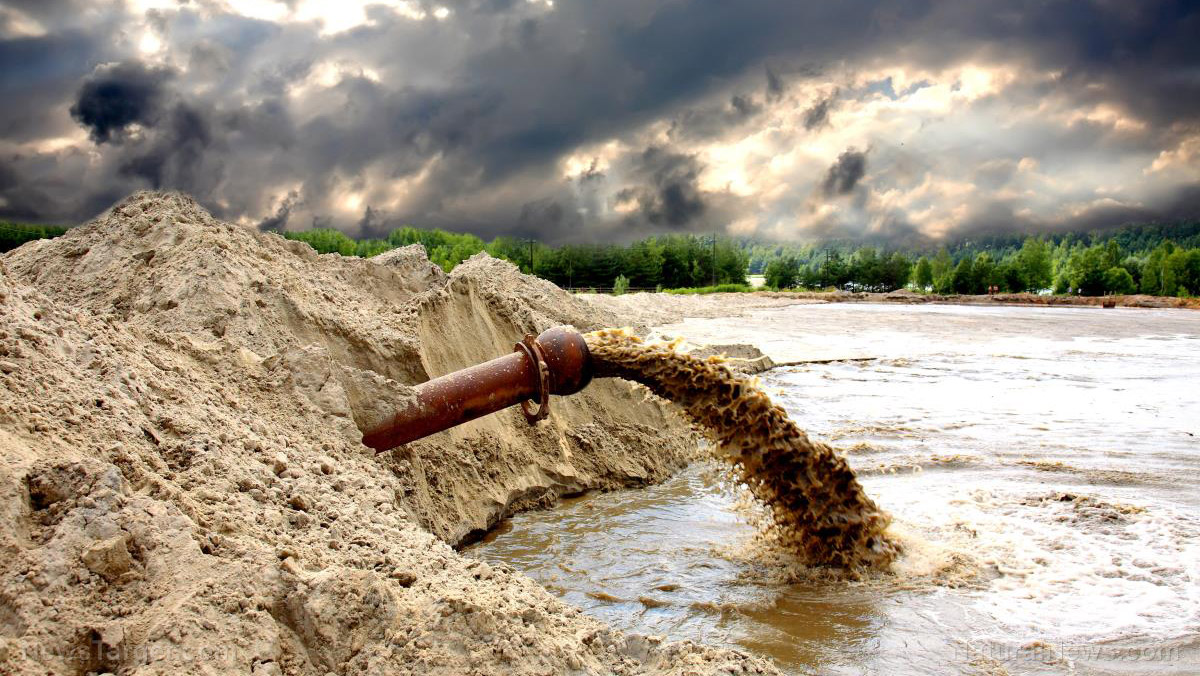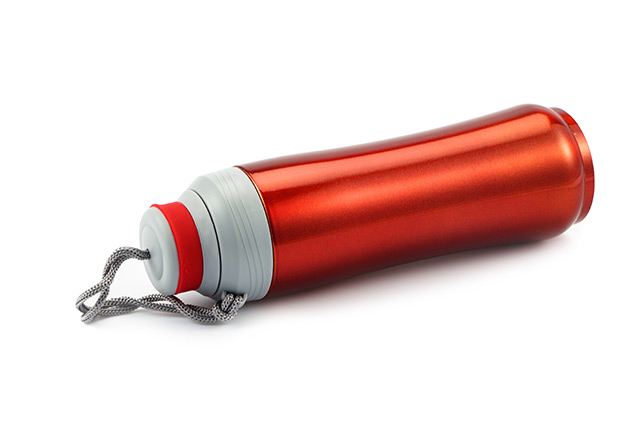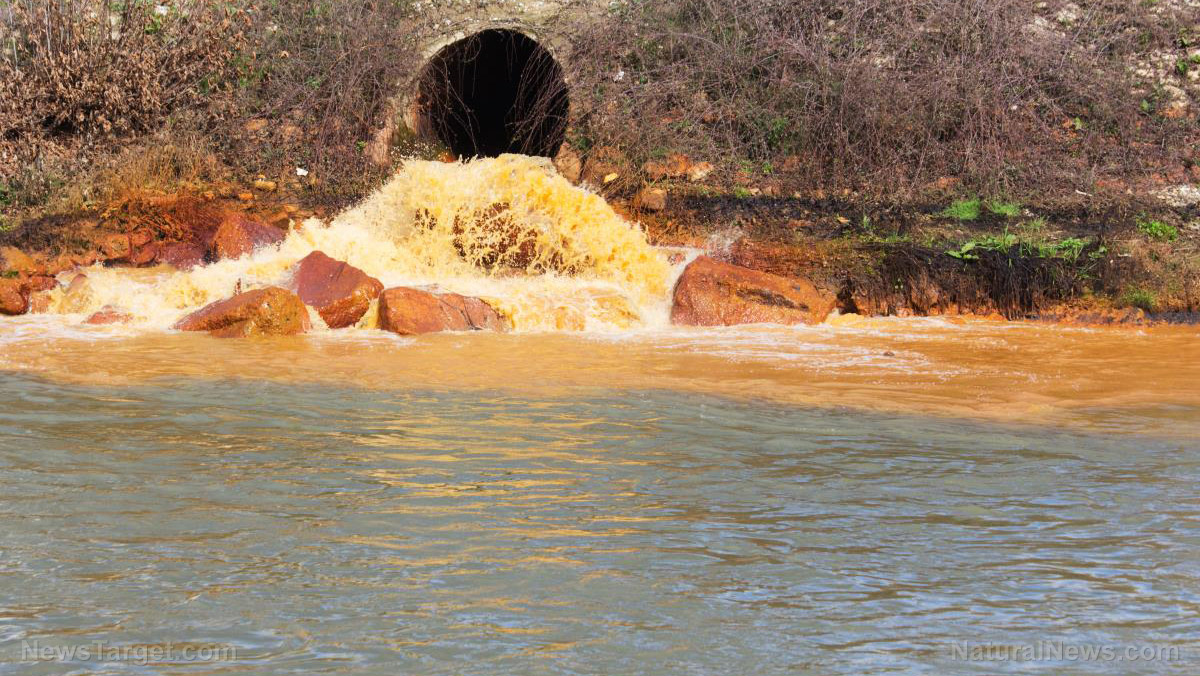Contact lenses contributing to the microplastic pollution of our waterways
11/06/2018 / By Edsel Cook

If you are getting rid of your old contact lenses, put them in the trash instead of flushing them out of sight. Discarded lenses in wastewater might be raising the amount of toxic microplastics that contaminate waterways and aquatic life, an article in Science Daily stated.
Nothing lasts forever. This is especially true for contact lenses, which have much shorter useful lifespans than conventional eyeglasses. Some lenses are good for just one day of use before they have to be thrown away.
Those used-up sight-correcting devices served as the subject of study for several researchers. During a recent conference of the American Chemical Society (ACS), these researchers warned that old contact lenses that end up in bodies of water could be partly responsible for microplastic pollution of those waterways.
Dr. Rolf Halden of the Arizona State University (ASU) is one of the 45 million people in the U.S. who has worn contact lenses for years. He wondered what happened to those lenses after he threw them away.
Coincidentally, Halden’s researcher team was studying plastic pollution. They were surprised at the scarcity of scientific literature on contact lenses, which were made from plastic. (Related: FDA approves first-ever light-adaptive contact lenses.)
Tons of plastic contact lenses end up in wastewater every year
“We began looking into the U.S. market and conducted a survey of contact lens wearers,” related ASU student researcher Charlie Rolsky. “We found that 15 to 20 percent of contact wearers are flushing the lenses down the sink or toilet.”
Those old lenses go through the sewers until they reach wastewater treatment plants. Halden guessed that up to 10 tons of contact lenses accumulate in U.S. wastewater alone on an annual basis.
The plastic materials that comprise most contact lenses are dense stuff. The heavy lenses sink to the bottom of waterways, where Halden warned they can pose a danger to fish and other aquatic lifeforms that feed there.
It is difficult to determine the level of pollution caused by contact lenses. They are transparent by nature, so they often escape notice from researchers, especially when the wastewater contains so many other pollutants.
Furthermore, contact lenses are not made from plastics that are commonly found in other waste products. Instead, they are made from poly(methylmethacrylate), which is combined with fluoropolymers and silicones so that oxygen could get through the lens and reach the eye.
This combination of transparency and oxygen porousness muddy the effects of wastewater on contact lenses.
Bacteria in treatment plants break contact lenses down into microplastics
The ASU research team acquired five polymers used in contact lenses produced by different manufactures. They exposed the polymers to anaerobic and aerobic bacteria that are normally found in wastewater treatment plants. The exposures varied in length.
They found that the chemical bonds of the plastic polymers changed after prolonged exposure to the microorganisms. Based on these results, they believed that the microbes could cause the plastic at the surface of the contact lens to break down into smaller particles, which would further degrade into even smaller plastic.
Eventually, the resulting microplastics will end up in the belly of a fish or aquatic lifeform that mistakes it for food. Since plastic cannot be digested, they will remain in the body of the animal.
A number of those animals serve as important food sources for humans. Consuming them leads to the presence of toxic microplastics in the human body.
Halden and his team hope that their study will get the industry to ameliorate this problem. Contact lenses should be disposed alongside other solid waste instead of getting flushed away.
Pollution.news can keep you updated about what exactly happens to your plastic waste after you throw them away.
Sources include:
Tagged Under: consumer products, Contact lens, contact lenses, Ecology, environ, environment, microplastics, polymers, polypropylene



















